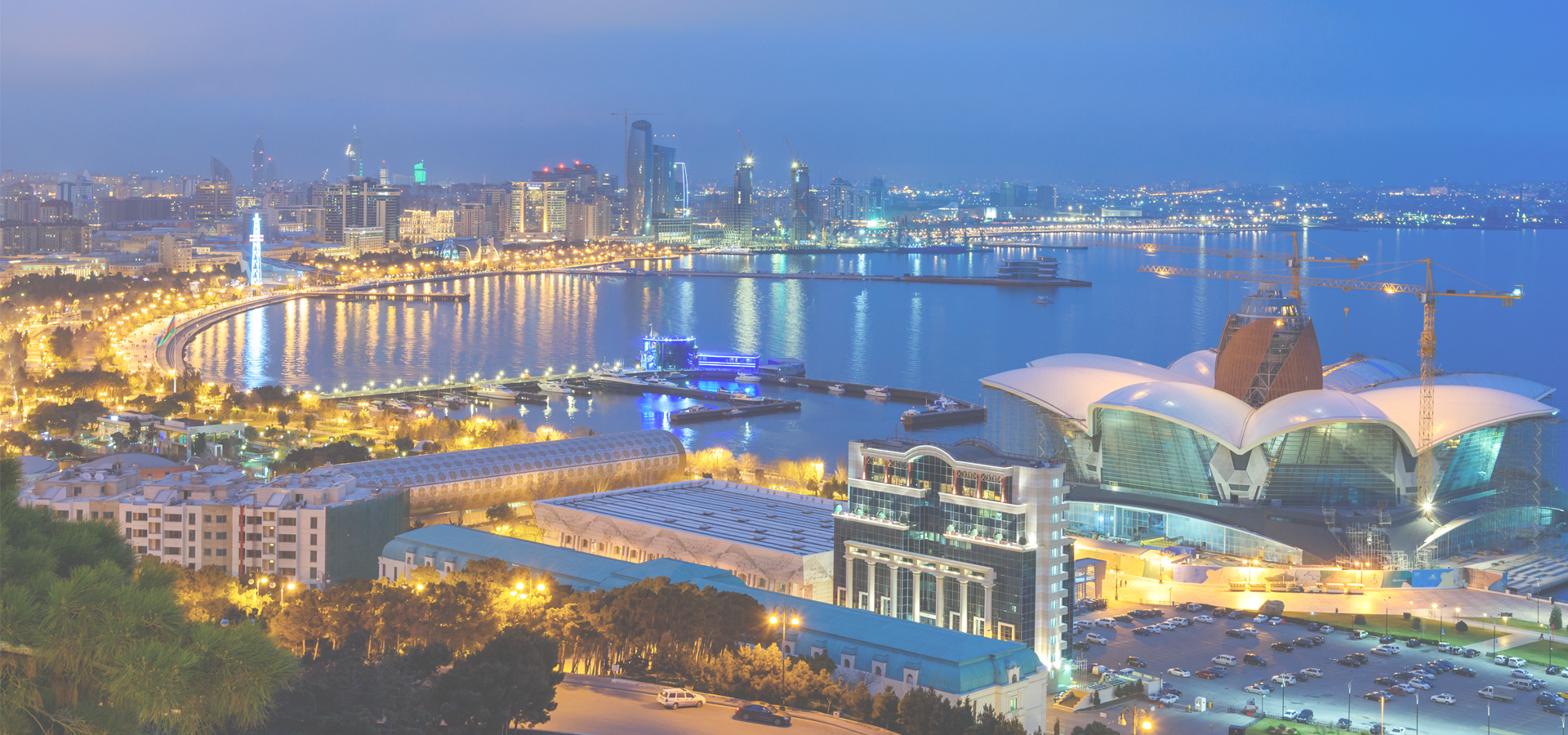Hadrut, Khojavend District, , Azerbaijan
🇦🇿 Hadrut (Հադրութ) is a town in the Khojavend District of Azerbaijan, in the disputed region of Nagorno-Karabakh.
The town had an ethnic Armenian-majority population prior to the 2020 Nagorno-Karabakh war. Numerous Armenian civilians were killed in and around Hadrut by Azerbaijani forces during or after the battle. Subsequently, Azerbaijani soldiers vandalized Armenian-owned property, including the local church and cemetery, obliterating its gravestones.
History The date of Hadrut's foundation is unknown. Fragments of monuments and historical artifacts dated to pre-Christian, early Christian and medieval times have been found in and around Hadrut. There are several ruins of ancient fortresses and walls in the valley surrounding Hadrut. From medieval times until the early 19th century, Hadrut was a part of the Armenian Principality of Dizak, one of the five Melikdoms of Karabakh. In the 15th and 16th century, many of the fortifications, churches and settlements around Hadrut were destroyed by Ottoman and Safavid forces as they fought for control of the South Caucasus. A small number of these structures were rebuilt under the rule of the meliks of Dizak. The Melikdom of Dizak was subordinated to the Karabakh Khanate before the Russian conquest of Karabakh.
During the Russian period, Hadrut was governed as part of different administrative divisions: first as a part of Karabakh Province (1822–1840), then in the Shusha uezd of the Caspian Oblast (1840–1846), then in the Shusha uezd of the Shemakha Governorate (1846–1859), then of the Shusha uezd of the Baku Governorate (1859–1868), and finally, of the Shusha uezd of the Elizavetpol Governorate (1868–1873) and later the Jebrail uezd of the Elizavetpol Governorate (1873–1917) successively.
In the Soviet period, Hadrut became the centre of the Hadrut District of the Nagorno-Karabakh Autonomous Oblast within Azerbaijan SSR and was given the urban settlement status in 1963. Some of the earliest activities of the Karabakh movement occurred in Hadrut, beginning with the collection of petitions in 1986 for the transfer of the Nagorno-Karabakh Autonomous Oblast to the Armenian SSR and culminating in a demonstration of one thousand people in Hadrut in February 1988, which then spread to the capital of the NKAO, Stepanakert. Following the Armenian victory in the First Nagorno-Karabakh War, Hadrut became the administrative centre of the Hadrut Province of the Republic of Artsakh.
In the midst of the 2020 Nagorno-Karabakh conflict, heavy fighting took place in Hadrut, marked by the usage of cluster munitions by the Azerbaijani Army. Azerbaijan captured Hadrut on or around 9 October 2020. Although most of the civilian population was evacuated, Armenian authorities reported that a number of civilians were killed by Azerbaijani forces in Hadrut and the surrounding area during or after the battle. Following the battle, a video of an execution of two unarmed and bound Armenian men in the town by Azerbaijani soldiers spread online, prompting investigations.
The town was vandalized and looted by Azerbaijani soldiers after its capture, with people's belongings strewn throughout the streets and the contents of homes upturned. The Armenian cemetery of the town's church was vandalized as well, with its gravestones having been kicked down and smashed. In January 2021, as part of the reconstruction work in Hadrut, new Azerbaijani-language street signs were erected in Hadrut with new street names based on the names of fallen Azerbaijani soldiers and historical Azerbaijani personalities. In June 2021, Azerbaijani authorities installed an "Iron Fist" monument in the town to celebrate the outcome of the 2020 war.
Historical heritage sites Historical heritage sites in and around the town include the 14th-century church of Spitak Khach (Armenian: Սպիտակ խաչ, lit. 'White Cross') located on a hill to the south of Hadrut, on the road towards the neighboring village of Vank, the 13th-century bridge of Tsiltakhach (Armenian: Ծիլտախաչ), the Holy Resurrection Church (Armenian: Սուրբ Հարություն եկեղեցի, romanized: Surb Harutyun Yekeghetsi) built in 1621, a cemetery from between the 17th and 19th centuries, as well as a 19th-century bridge, watermill and oil mill.
Economy The town was home to the Mika-Hadrut Winery, which produced brandy, vodka, and wine.
Baku Time

Hadrut has a population of over 4,100 people. Hadrut also forms part of the wider Khojavend District which has a population of over 44,100 people. It is also a part of the larger Karabakh Region. Hadrut is situated near Stepanakert.
Twin Towns, Sister Cities Hadrut has links with:
🇺🇸 Burbank, USA 🇦🇲 Vagharshapat, Armenia🇺🇸 Glenwood Springs 39.55
🇹🇲 Balkanabat 39.517
🇺🇸 Middletown 39.5
🇮🇷 Kermanshah 47.05
🇲🇬 Fianarantsoa 47.078
🇷🇺 Cheboksary 47.247
🇲🇬 Antanifotsy 47.324
🇷🇺 Makhachkala 47.472
🇷🇺 Novocheboksarsk 47.493
Locations Near: Hadrut 47.0167,39.5167
🇦🇿 Stepanakert 46.752,39.812 d: 39.9
🇦🇿 Berdzor 46.533,39.633 d: 43.4
🇦🇲 Kapan 46.402,39.198 d: 63.6
🇦🇿 Tartar 46.917,40.333 d: 91.2
🇦🇿 Ganja 46.36,40.677 d: 140.6
🇦🇿 Goychay 47.739,40.65 d: 140.3
🇦🇿 Cəlilabad 48.502,39.21 d: 132.2
🇮🇷 Tabriz 46.281,38.077 d: 172.3
🇦🇿 Nakhchivan 45.4,39.2 d: 143.4
Antipodal to: Hadrut -132.983,-39.517
🇵🇫 Papeete -149.566,-17.537 d: 17094.1
🇦🇸 Pago Pago -170.701,-14.279 d: 15394.4
🇹🇴 Nuku'alofa -175.216,-21.136 d: 15529.4
🇼🇸 Apia -171.76,-13.833 d: 15278.2
🇨🇱 Valdivia -73.233,-39.8 d: 15000.3
🇨🇱 San Pedro de la Paz -73.1,-36.833 d: 14870.2
🇨🇱 Concepción -73.05,-36.817 d: 14865.3
🇨🇱 Chiguayante -73.017,-36.917 d: 14866.9
🇨🇱 Port Montt -72.933,-41.467 d: 15037
🇨🇱 Puerto Montt -72.933,-41.467 d: 15037